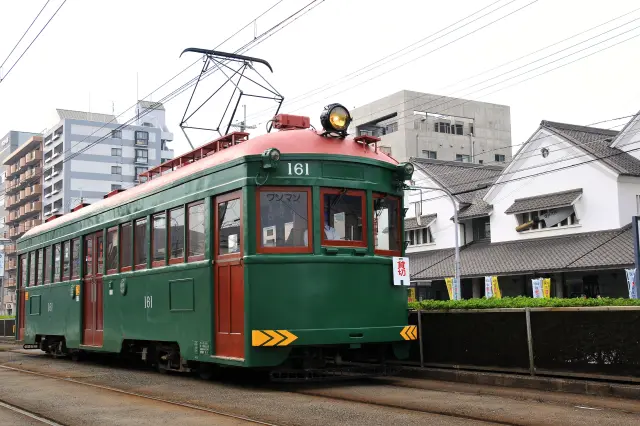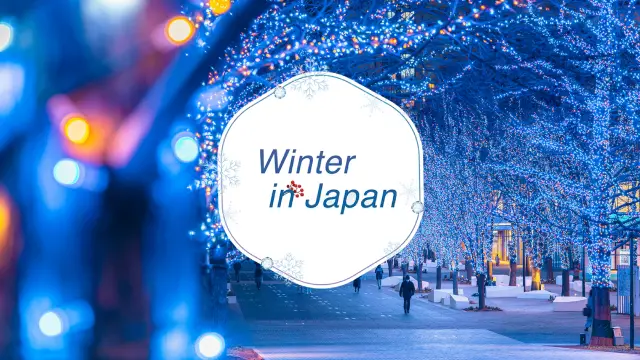This shrine is dedicated to Sugawara no Michizane, known as the god of learning. The shrine has been known as "Tenjin-san of Tenma" by the people of Osaka since ancient times, and since its establishment in 949, people have entrusted it with all kinds of wishes, including those for plague, learning, and entertainment. During the exam season, the shrine is crowded with students preparing for exams.
Daishogun Shrine, the oldest shrine in the precincts, is the place where Michizane stopped to worship on his journey to Dazaifu. After Michizane's death, a series of disasters occurred in the capital, and Emperor Murakami enshrined the shrine to appease Michizane's grudge, which is said to be the origin of Osaka Tenmangu Shrine.
The Tenjin Festival, held from late June to July 25, is one of the three major festivals in Japan with history of over 1,000 years. It is one of the most popular summer festivals in Osaka, attracting as many as 3 million visitors from Japan and abroad. On July 24, the Hokonagashi ritual, the origin of the festival, is held in a solemn ceremony to pray for good health and peace in the city.
The highlight of the festival is the "Rikutogyo," a procession of about 3,000 people parading through the area on the last day, July 25, and the "Funatogyo," a nighttime procession of about 100 boats on the Okawa River. The climax of the festival is a fireworks display that transforms the night sky over the Okawakami River into a fantastic sight.
Highlights
-
Tenmangu Shrine, built in 949, is dedicated to Sugawara no Michizane.
-
The Daishogun Shrine in the precincts is the place where Michizane stopped by to worship on his way to Dazaifu.
-
In the summer, the Tenjin Festival, one of the three major festivals in Japan, is grandly held.
-
At the climax of the Tenjin Festival, the night sky over the Okawa River is decorated colorfully with dedicated fireworks.


































